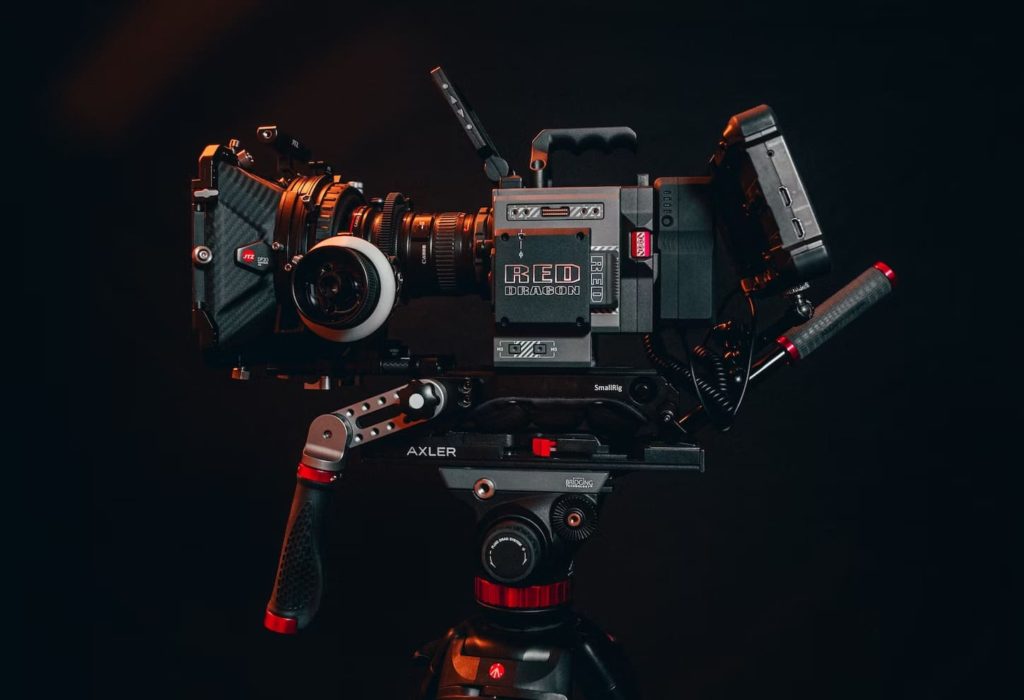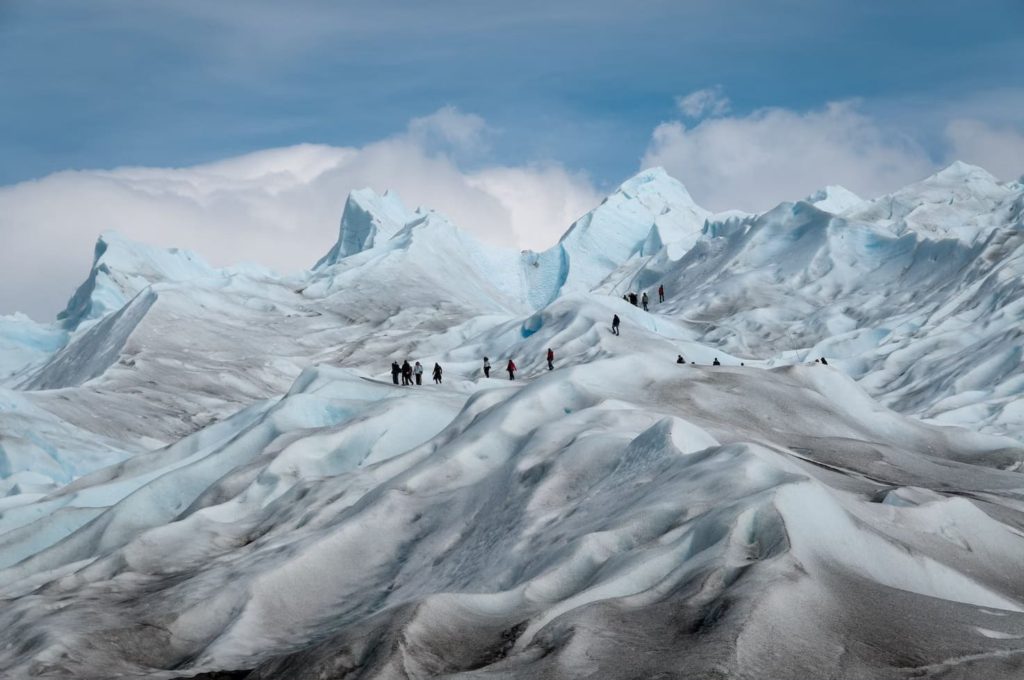Cinematography Shot Types Explained – Popular Types of Shots
The tools that are used by filmmakers and cinematographers are often something of a mystery to the viewer. When we sit down to watch a film, we often don’t want to think about the types of shots that are being used. Instead, there is a huge amount of satisfaction in just watching a video or story unfold without thinking too much about what is happening in the cuts and editing.

Most of the time, the goal is for the video editing to be clever enough so that you see all of the action, but subtle enough so that most viewers don’t notice the changing shots or the details of the techniques being used. There are so many types of shots in cinematography that are all tools of the cinematographer.
Of course, the shot types in cinematography are definitely noticed by those in the industry and involved in making movies.
In this guide, we’re explaining the different types of shots in cinema and the impact that they can have. Insight Studios are experts at using the most effective shots at the right time, creating the ideal look for a video and telling stories in the most impactful way.
Exploring the Types of Shots in Cinematography

Do you know a ‘long shot’ from an ‘establishing shot’? There are many different types of shots that people use in their filmmaking, and cinematographers have a language to describe and explain them.
These different types of framing in cinematography are often based on how the actors on the screen are framed, but there are exceptions, of course, as not all shots focus on a person.
Let’s dive into some of the types of shots used.
Establishing Shot
In the process of storyboarding a film this is often the type of shot that comes at the start of the scene. Establishing shots can actually come in a few different styles, and the shot itself can change between different types of cinematography shots. The key is that an establishing shot is showing the setting for the rest of the scene.
For example, if you are watching a sitcom and the establishing shot is the outside of a coffee shop, it is pretty certain that the next action is going to take place within that coffee shop. If the establishing shot is of the jungle then there is a good chance the next shot will be within the jungle.
Wide Shot
Wide shots take in a lot of the surroundings, but usually with a subject in plain view too. For instance, somebody walking alone down the street, a wide shot would see them completely within the frame with plenty of space to see the street either side of them. The subject may even be pretty small in the frame.
It can make the subject look tiny in a much bigger surrounding and it sets the scene, so this can also be used as an establishing shot.
Note that of all the different types of shot in cinematography this one may be called either a wide shot or a long shot.
Extreme Wide Shot

An extreme wide shot is more often used as an establishing shot, often to show a vast location and give an idea of the scale. For instance, we see a lot of extreme wide shots in science fiction, showing a new planet or a view of the vastness of space.
These are one of the most effective ways to show a massive expanse, and give a feeling of isolation, for instance, or just show how massive the events are. This is a good way of showing the size at a festival or huge gathering of people, too.
Extreme wide shots or extreme long shots do not show events in a lot of detail up close, so they are usually only used for long enough to provide some context to events.
Full Shot
A full shot is where we can see the whole of a character from head to toe. There is usually not too much room for a lot more in the shot.
This could be a good option if we need to see a character walking, or even dancing! Anything where you need to see their full body. It can also be a way to show off what a character is wearing, or give an idea of the size and scale between two characters.
There are a lot of uses of full shots such as showing body movements and even body language. With the body spanning from top to bottom, there is still a lot of room for more to be included within a full shot, too.
This is where direction can be so important while making a film, too. During the production phase it is possible that the director or cinematographer will ask to shoot something from multiple angles and using a few different types of shots.
Full shot cinematography is just one of the options, a director may film with both this and a “mid close up” and see which they prefer, for instance.
Cowboy Shot
A cowboy shot is a sort of “in between” shot, it is not a full shot and it isn’t exactly a mid shot. The cowboy shot shows from the thighs upward.
These shots were originally used in Westerns and other films that included weapons in holsters, so they may be used to convey power over another character, for instance. If you see a character in the cowboy shot type of cinematography shot walking towards the camera they are likely to appear quite dominant.
Mid Shot
Mid shots are framed slightly differently when compared to cowboy shots. They normally show from the waist up rather than the thighs up.
With a mid shot we can see both the way a character is expressing their body language and their gesticulations, as well as the expressions on their face. This makes it a very popular shot for a lot of different scenarios, chosen by cinematographers and directors very regularly.
Medium Close Up
A medium close up focuses on the chest upwards, showing enough of a character’s face so that we can see how they are reacting to things, or what their facial emotions are, but also showing other things in the background and not providing a full, intense close up.
When directors use the close up shots that are explained below, they can be quite intense, and this means they are often used sparingly. A medium or mid close up is a nice balance where you can see the emotion and acting (or presenting) but there isn’t too much of a feeling of stress or intensity.
Close Up
A close up is another of the shots we see quite a lot in filmmaking. Of all of the different types of shots in cinematography, this is one that is used a lot for things like showing conversations between characters.
A close up doesn’t have a strict predetermined definition but if we are showing characters it is usually of their face, from the neck up to the top of their forehead. This can vary slightly. It is a way to show a lot of emotion on the face and give people the chance to see an actor’s true performance.
A close up is also a way to show things like actions taking place, like the opening of a bottle or the moving of an object.
Extreme Close Up

An extreme close up may focus on things like one body part carrying out an action, or the eyes showing emotion or a reaction to something.
As an audience, we usually see an extreme close up and either think of intense emotions (which they are often intended to show) or we may just need them to help advance the plot. For instance, if you need to see something close to understand the details of a note written by a character, you may need an extreme close up.
They can also be used to see a specific part of a product (in an advertisement, for instance) then this is one of the best ways to showcase minute details.
Like all types of shots in cinematography, they are simple tools to be used sparingly. The art of cinematography really involves putting all of the different types of shots together in a way that creates a great end product and allows the audience to follow the film or other video they are watching.
The Art of Going Unnoticed: Types of Shots in Cinematography
Most cinematography isn’t noticed by the average viewer. At least, not while it is happening. Instead, truly great cinematography is often appreciated as a whole. We know that we have enjoyed a film based on the cinematography within, and largely because we haven’t noticed things like unnatural changes from one shot to another.
The goal for cinematographers and directors is to make their work quality and easy to follow, plus impactful, by using these techniques in a way that allows the viewer to follow the narrative smoothly.
We’ve mastered that art at Insight Studios and can help you to create the most powerful video to suit exactly what you need. Reach out to us today to get started.